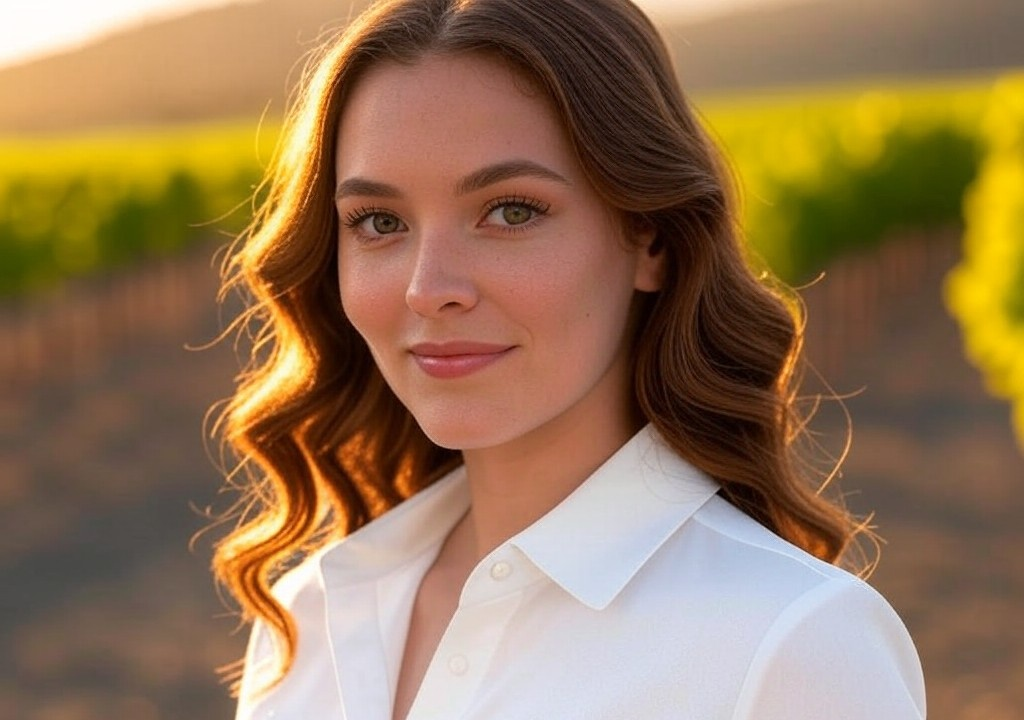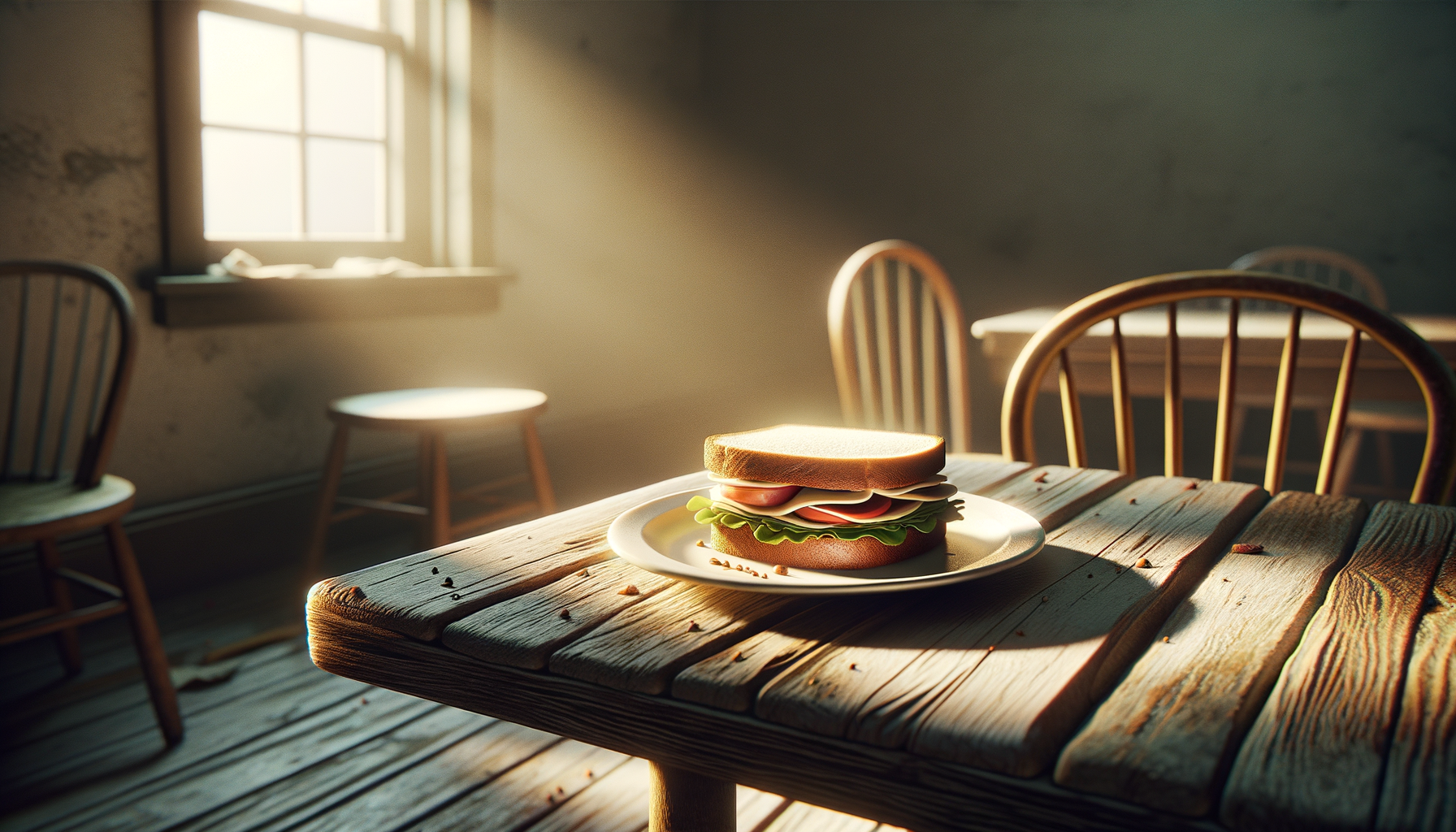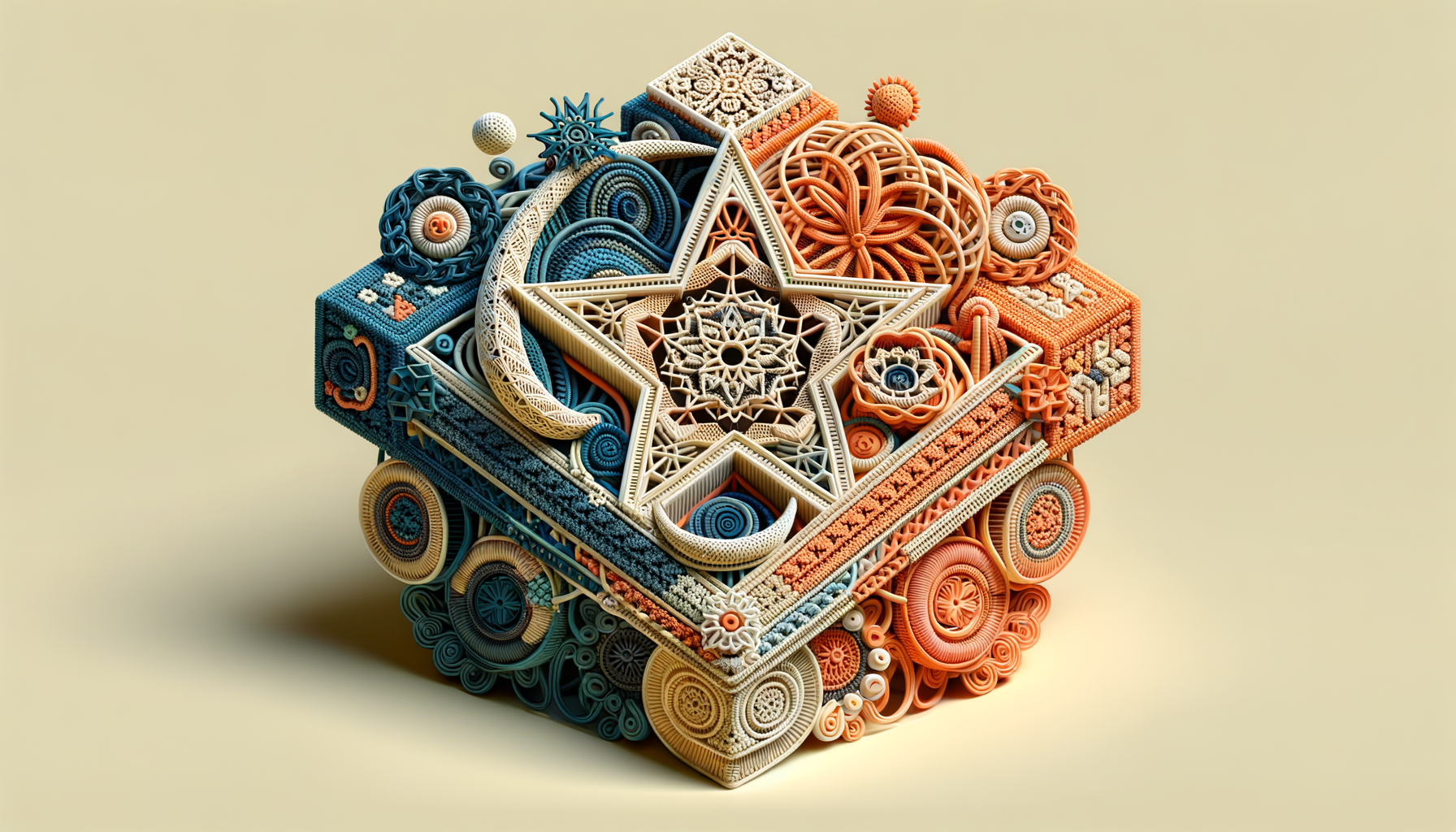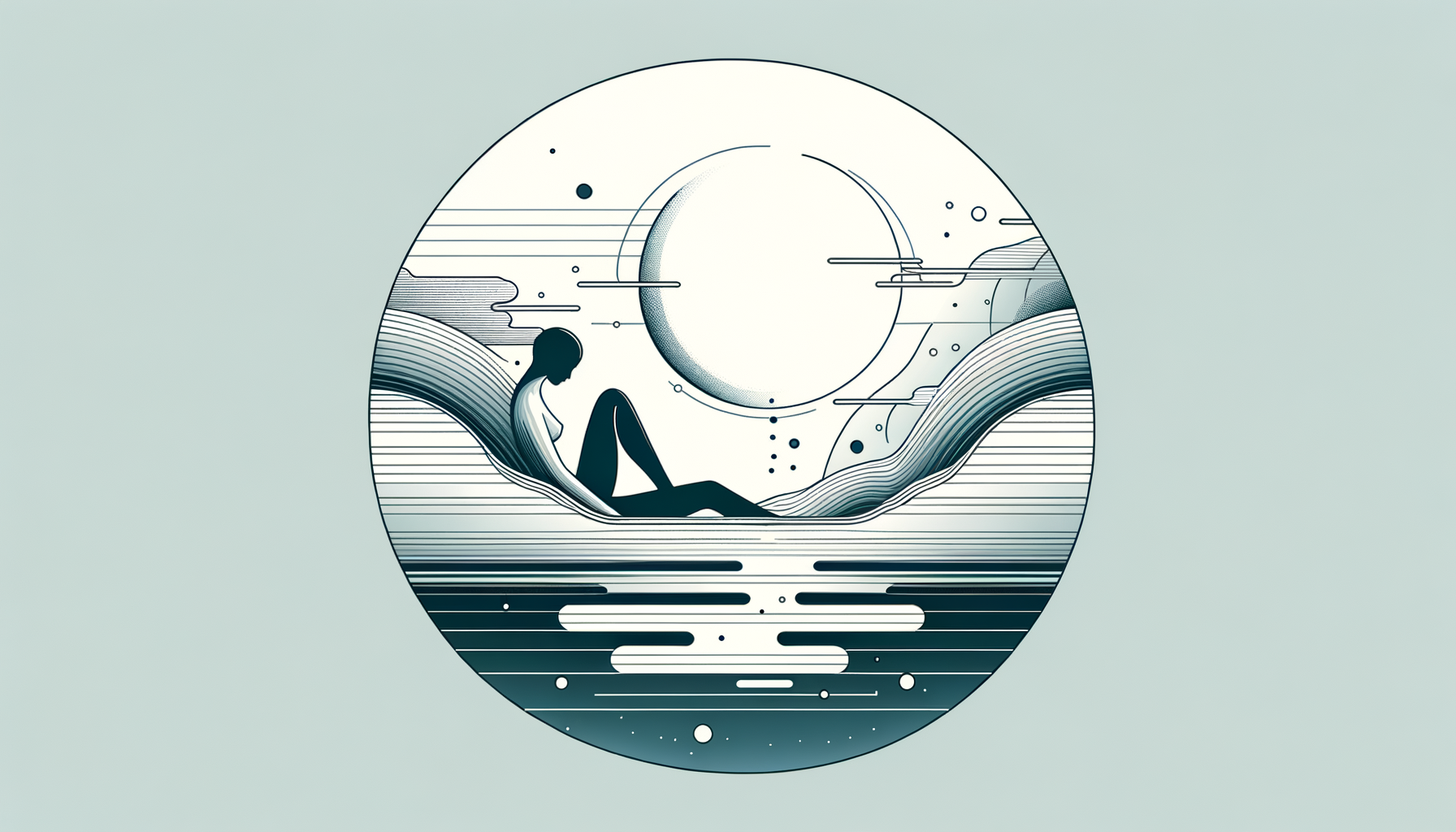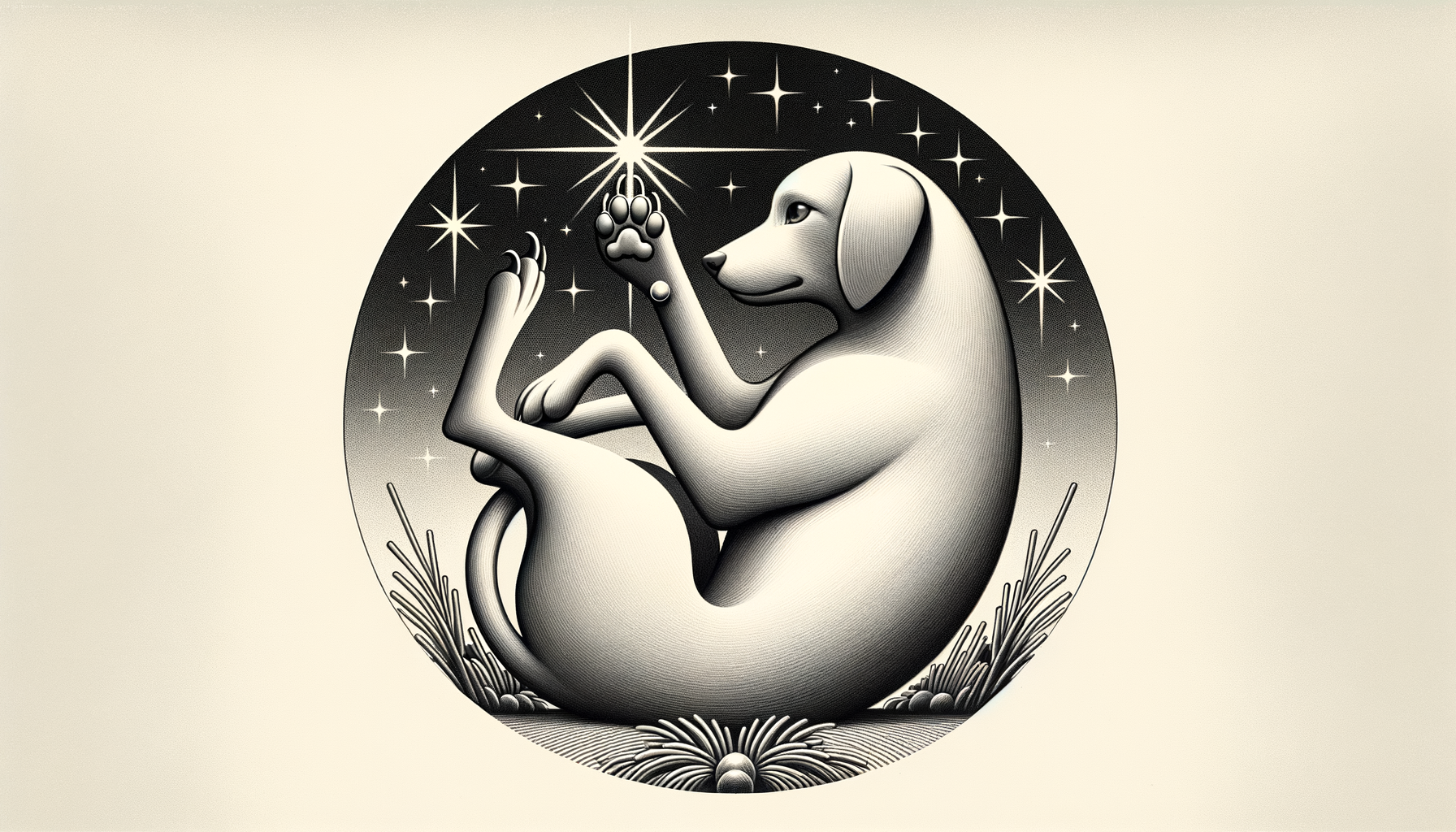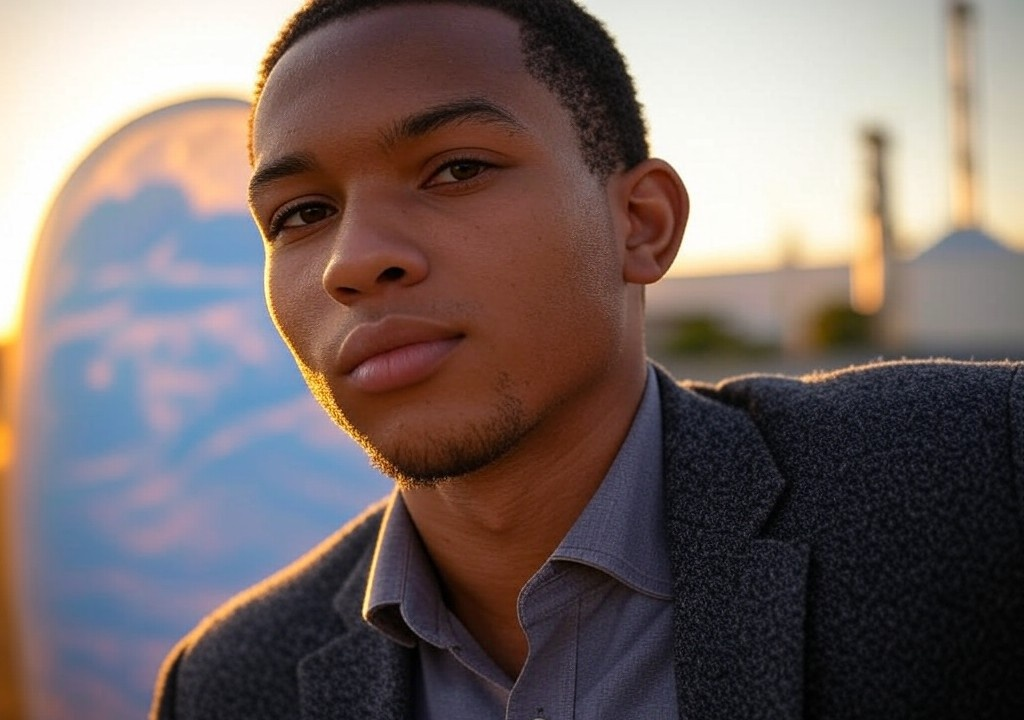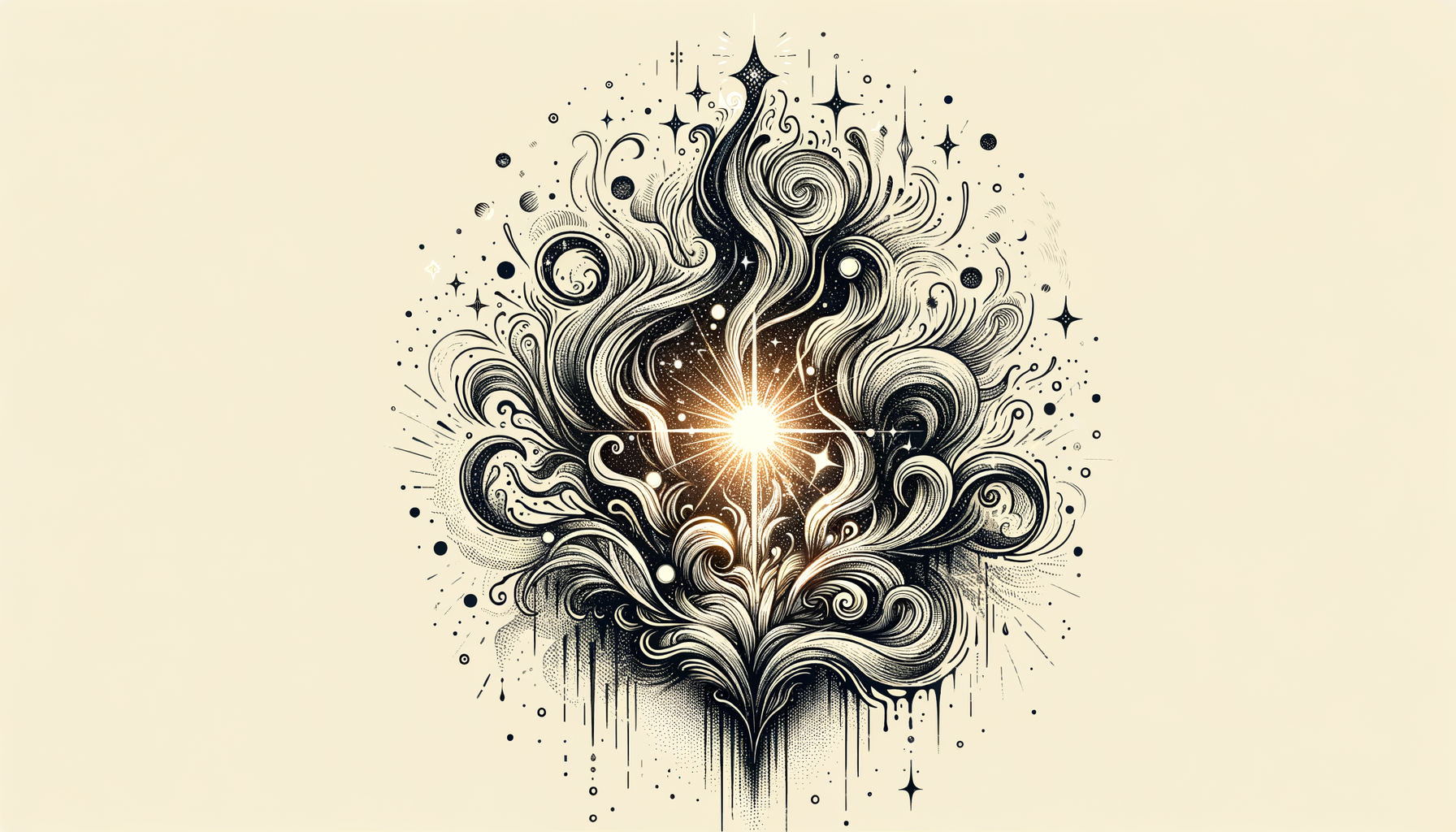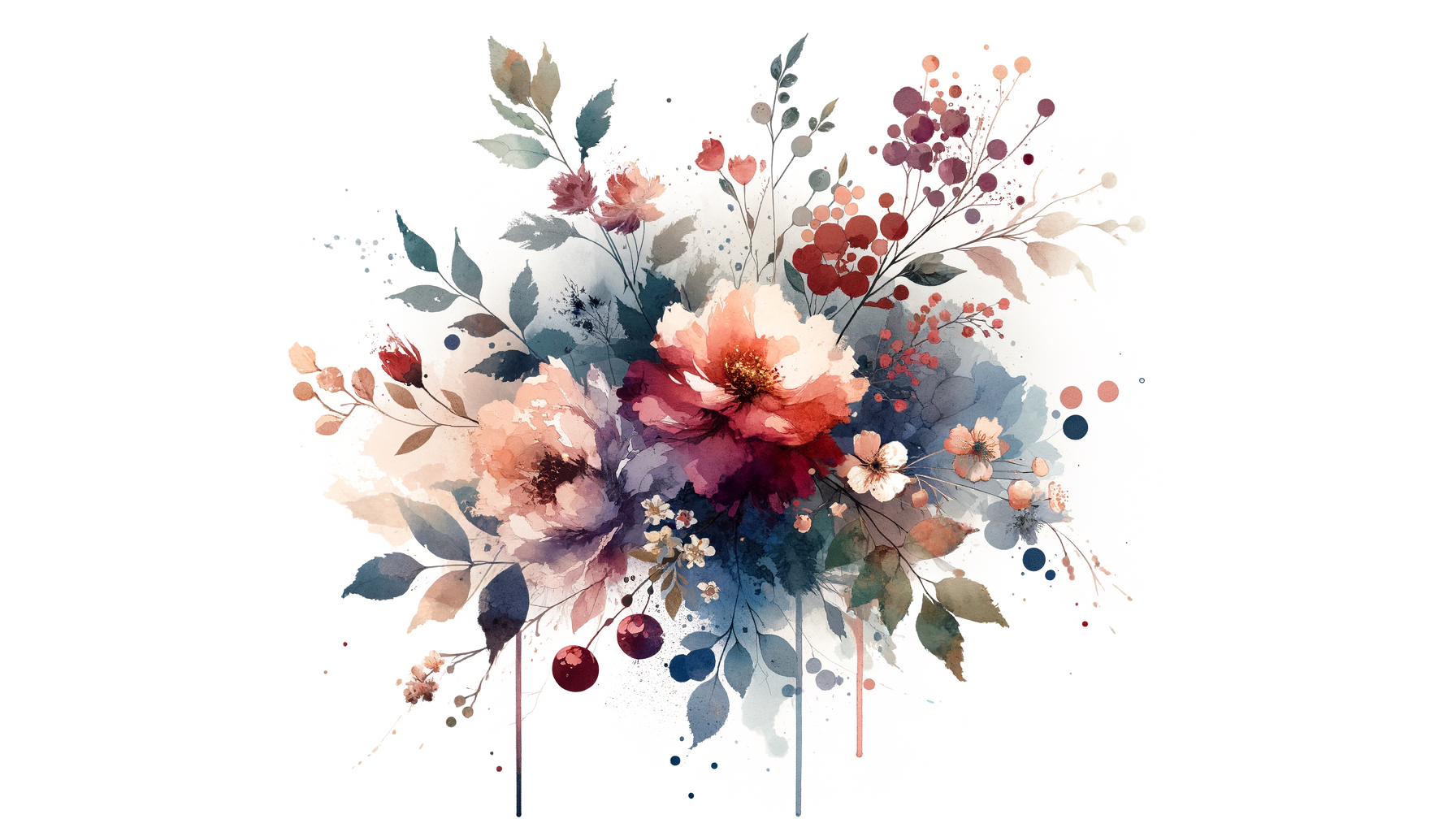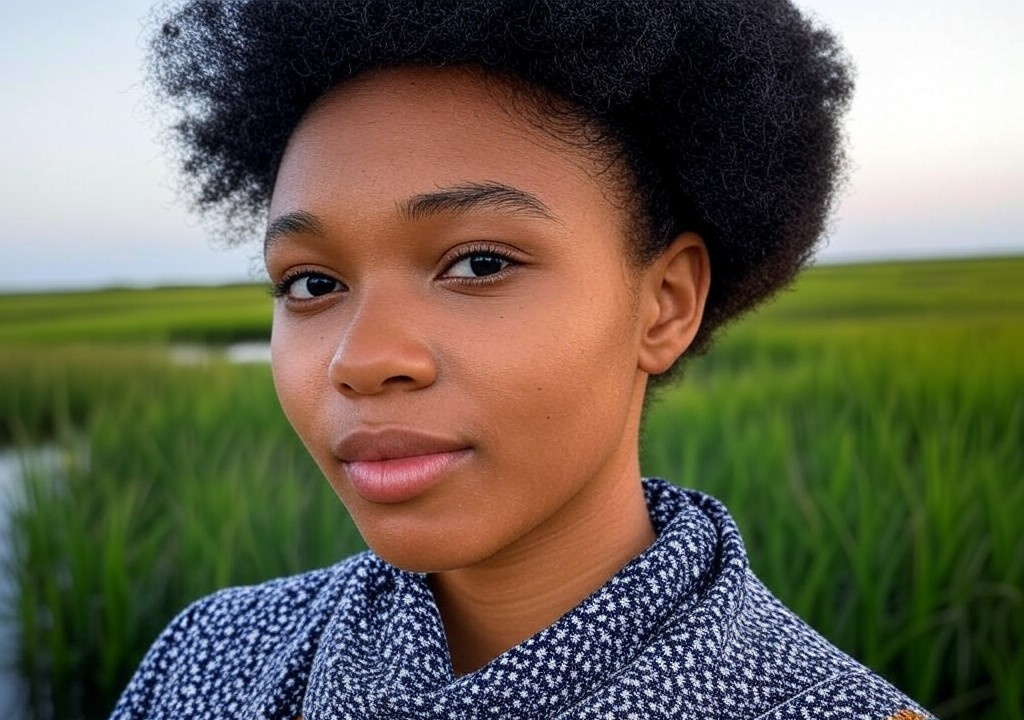The first time I felt true joy doing what I do now, I was standing in a sun-dappled vineyard in Yountville, clutching a wine glass like it was a microphone and I’d just won Best Actress at the Oscars. It wasn’t exactly a scene from a Nancy Meyers movie—there were no oversized cashmere sweaters or lingering glances over marble countertops—but it was my moment. I was guiding a group of tourists through a wine tasting, nervously trying to explain why the hint of black cherry in their Cabernet Sauvignon wasn’t actually just their imagination. When someone in the back piped up to say, “You make this sound so fun!”—that was it. Joy.
It wasn’t the wine (okay, it was partially the wine). It was realizing that I could turn something I loved into something others didn’t just understand, but felt excited about. That moment changed everything for me and eventually led me to where I am now. Admittedly, though, it didn’t happen overnight—or even with a clean arc. Joy has a funny way of sneaking up on you when you least expect it, often wrapped in a messy, Pinot-stained bow.
Here’s what I learned on my winding path to joy, and how you can recognize yours, no matter what corner of life or career it decides to show up in.
The “Aha” Moments Don’t Always Feel Profound
We’re conditioned to think that joy arrives with trumpets, confetti, and maybe a soaring Celine Dion ballad in the background. (This is how movies like Eat Pray Love sold it to us, right?) But more often than not, joy sneaks in like a clever punchline from the universe. It doesn’t annouce itself; it’s just there, small and unassuming at first.
In that tasting room, I didn’t initially think I was having a life shift. I thought I was desperate for these strangers to walk away feeling like their $75 ticket was worth it. The moment didn’t feel “epic.” But when I went home that evening and realized I’d answered someone’s question— and made them laugh while doing it—everything clicked. So don’t dismiss the moments that seem inconsequential. Joy is like truffle oil: subtle but absolutely transformative when you finally notice it.
Pro tip: Pay attention to moments when you’re helping others connect to something they wouldn’t have enjoyed on their own. Joy frequently disguises itself as those tiny interactions that make you feel useful, capable, and truly alive.
Joy Loves Company (and Purpose)
Let me be real with you: I’m deeply cynical about anyone who says, “Find what you love, and you’ll never work a day in your life.” Have you met taxes? Or Microsoft Excel? Passion doesn’t exempt you from the daily slog, but it does give you fuel for the bus rides and pit stops along the way.
After that small tasting room victory, I leaned into how much joy I felt decoding things for people. The notes in a Bordeaux, yes—but also the textures hiding behind flavors, or the way pairing certain dishes could unlock something elemental in people. It wasn’t just about wine anymore; it became about connection. I dove into it. I enrolled in a culinary storytelling workshop in France. I started writing essays on food and wine because I wanted others to sense the joy lingering in the in-between moments: meals with old friends, laughter over a good Rhône blend, the satisfaction of a perfect cheese plate. (Oh, and if you’ve ever successfully wrangled a cheese plate into perfect harmony, you’ll understand why that process alone requires Olympic-level skill.)
What began as a casual job became a full-fledged purpose. The common thread was undeniable: joy blooms when you care deeply about something, and it multiplies when you share it. Purpose doesn’t show up as fireworks; it usually starts as a flicker—something you learn to feed and nurture over time.
Mistakes Are Mandatory (And Frequently Hilarious)
Here’s what I don’t mention in my overly polished origin story: the countless blunders that led up to this joy. Like the time I got grapes confused with their respective varietals during a tasting and confidently referred to a Sauvignon Blanc as "silky"—a rookie slip that drew actual laughter from my audience. Or the day I poured an entire glass of Merlot down an unsuspecting gentleman’s Patagonia puffer during a serving mishap. It was carnage, really. (To this day, I feel personally victimized by Merlot.)
At the time, these moments crushed me. I thought every mistake was a glaring sign that I wasn’t cut out for this work. But the truth? These faux pas taught me what not to do, sure, but they also taught me to laugh at myself. Joy isn’t serious—it’s playful, forgiving, and fluid. I learned the fine art of saying, “Oops, my bad,” while attempting to charm an ornery crowd. Those mistakes became the cracks where joy slipped through, because they forced me to keep showing up authentically.
Pro tip: Don’t let fear of failure stop you from showing up for yourself. Imperfection is part of the joy-finding process—think of it like dropping your phone in vinyl records: inconvenient, but not catastrophic.
Small Wins Are Big Deals
Not every moment of my journey has been a Napa sunset surrounded by clinking glasses and approving nods at a perfect food pairing. There have been quiet, unremarkable days too—when joy showed up almost imperceptibly, in the form of a single email thanking me for a piece I wrote, or a stranger asking for my wine-pairing advice in line at Trader Joe’s. (By the way, TJ’s “California Roots” red blend pairs surprisingly well with popcorn. You’re welcome.)
It can be so tempting to chase big, splashy forms of joy—the promotion, the grand finale, the Instagram-perfect milestone. But the small, everyday wins? They’re pure gold too. Every time I see someone’s face light up at realizing that, yes, their Sauvignon Blanc does pair perfectly with goat cheese, I’m reminded of why I do what I do.
Create Space for Joy to Show Up
Now here’s where things get personal: joy can’t find you if you don’t make room for it. When I was younger, I was so obsessed with figuring out my purpose that I left no time to enjoy where I was. I was the type of person who tried to optimize even my downtime—Googling things like “how to relax efficiently” and color-coding my calendar to schedule “unscheduled moments” (seriously). Spoiler alert: that left me feeling burnt out and stretched way too thin.
What I finally realized is that joy requires space to breathe. It’s hardly ever found in the grind; it lives in the pauses. It’s in that Saturday picnic where someone spills Prosecco on your blanket, or that post-dinner conversation where you uncork one last bottle just to keep the moment alive. It’s in the mess, the pauses, the slower-than-you-wanted timelines where life finally has room to feel good.
Action plan: Schedule blank space into your life. No, seriously. If joy hasn’t visited in a while, ask yourself when you last gave it a window to climb through.
Conclusion: Let Joy Find You
The thing about joy is that you can’t force it, but you can absolutely invite it in. It’s waiting for you in those places where you feel most like yourself—whether that’s standing underneath grapevines in Napa or sitting at your kitchen counter experimenting with spaghetti carbonara for the third time this week. (No judgment. Carbonara is its own love language.)
So, what’s your joy? Where do you feel most like yourself? Start there, lean into the thing that lights you up, and trust that joy will meet you halfway. And if it takes a little while to find it, don’t worry. Just pour another glass, savor the pause, and invite it to the table.
Cheers to you and your path, wherever it may lead.

